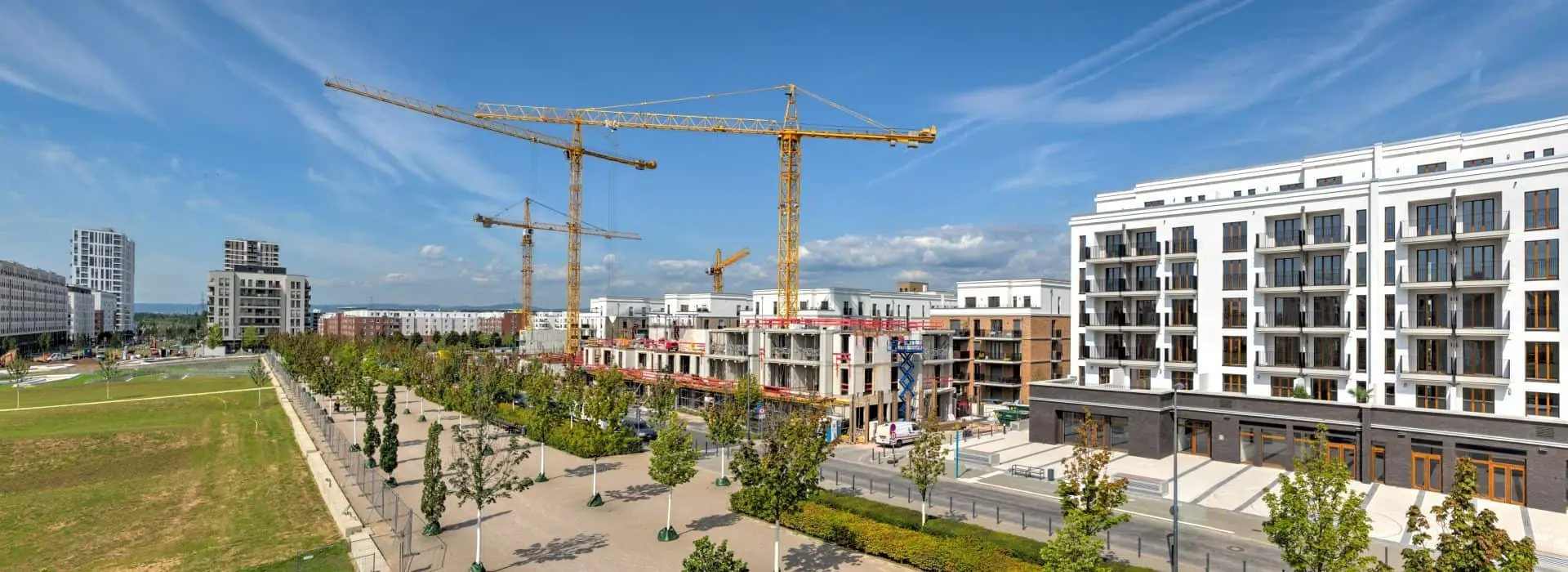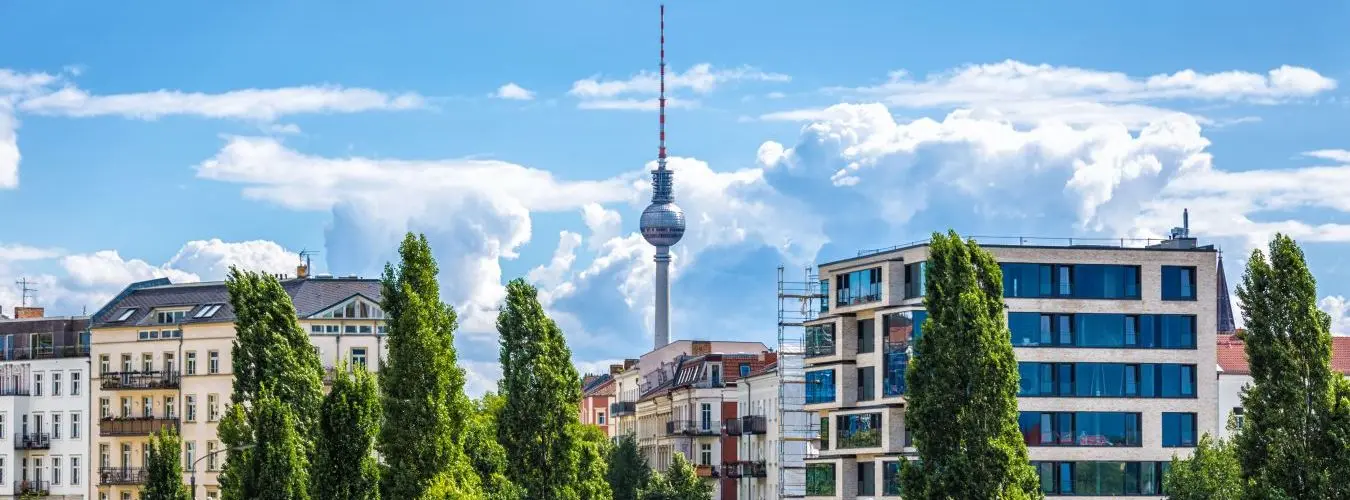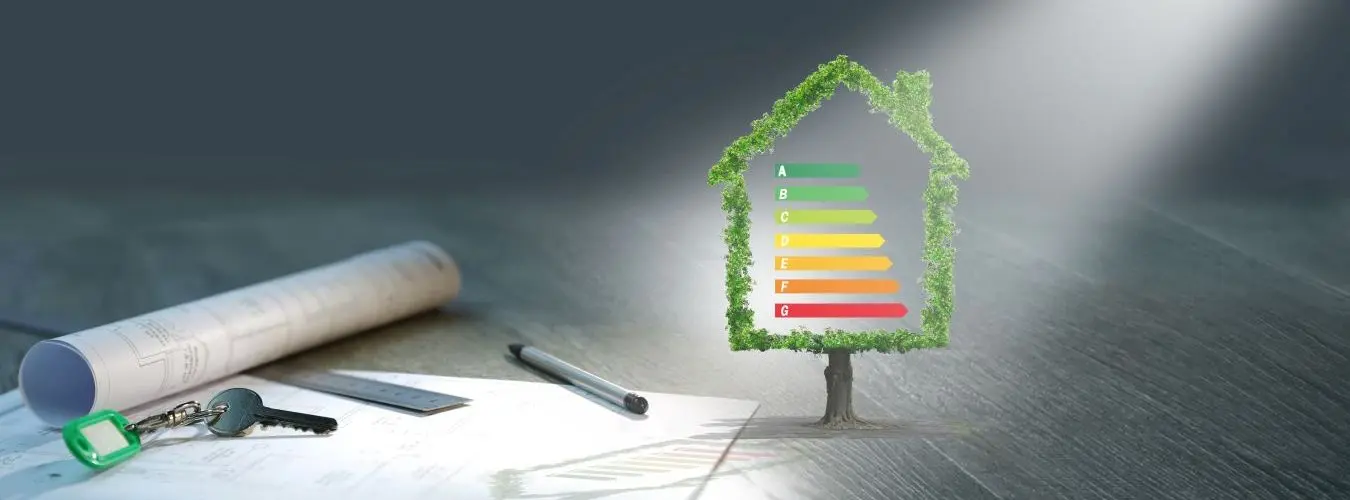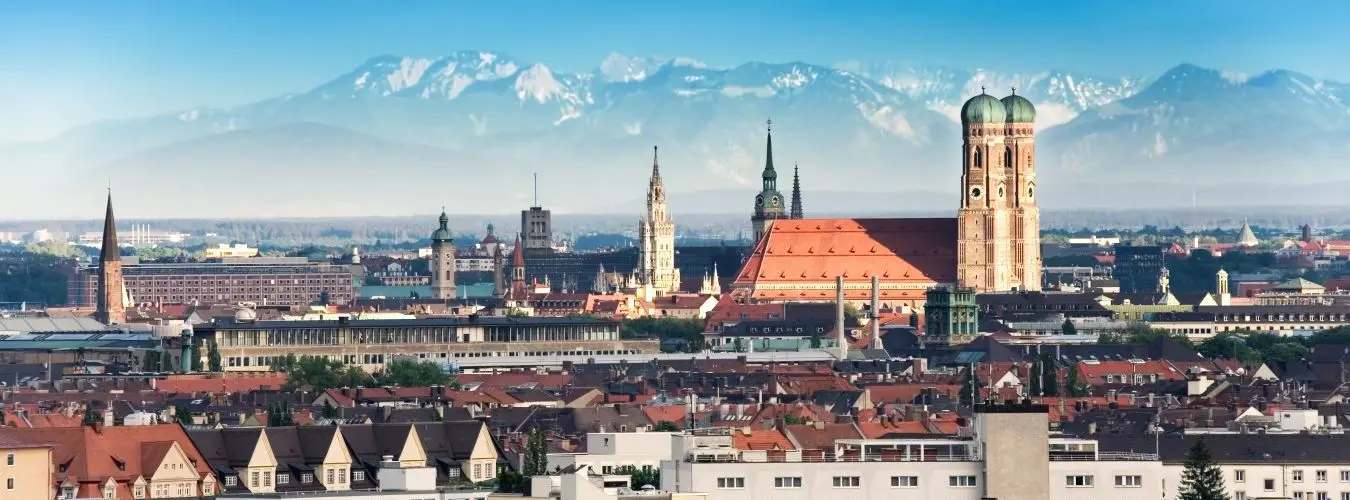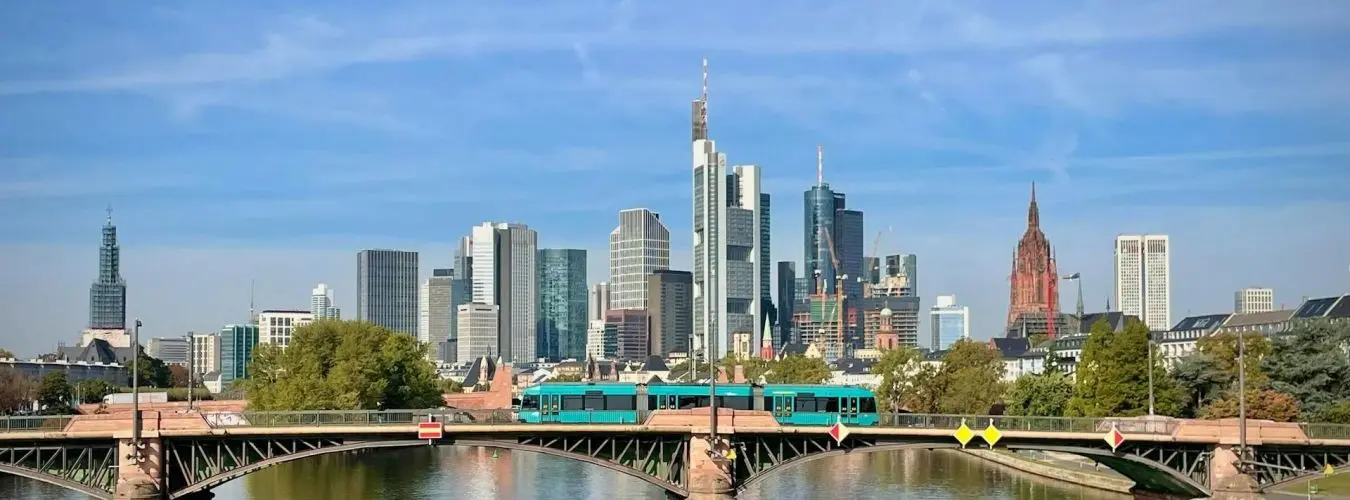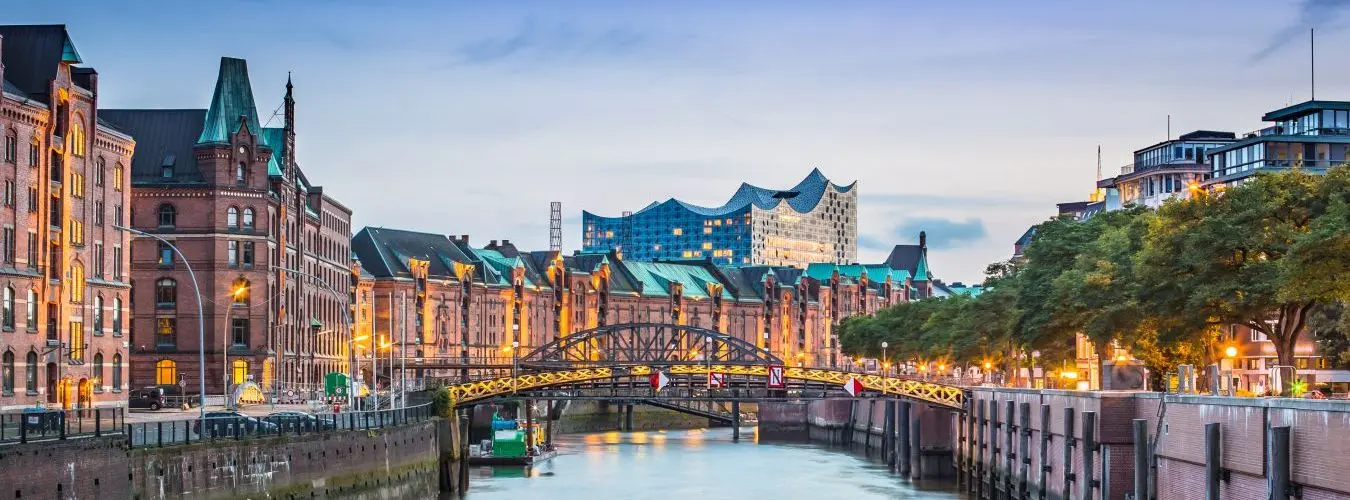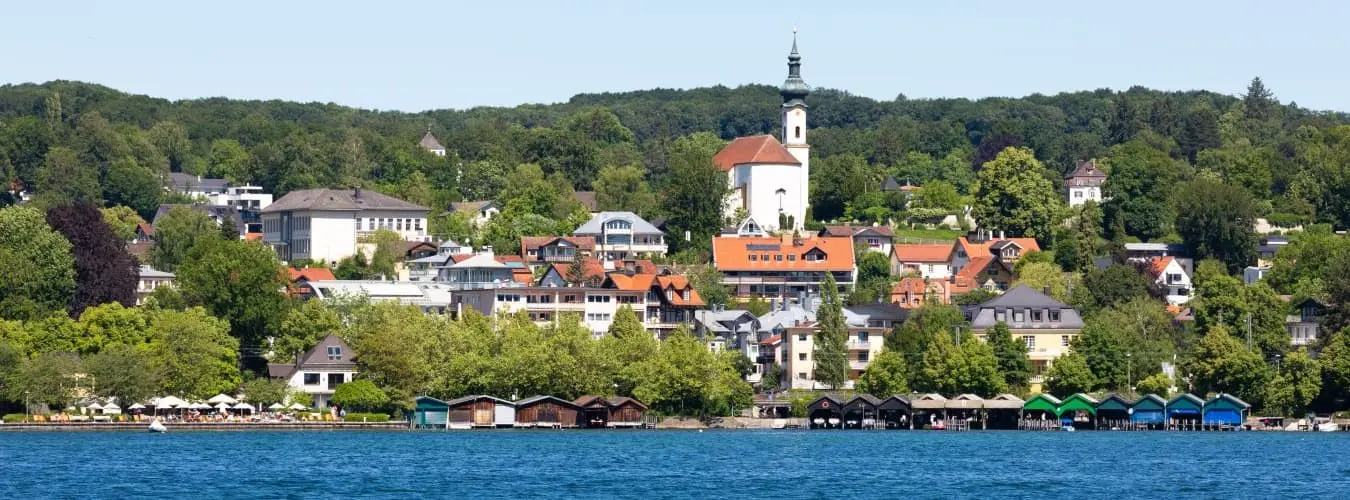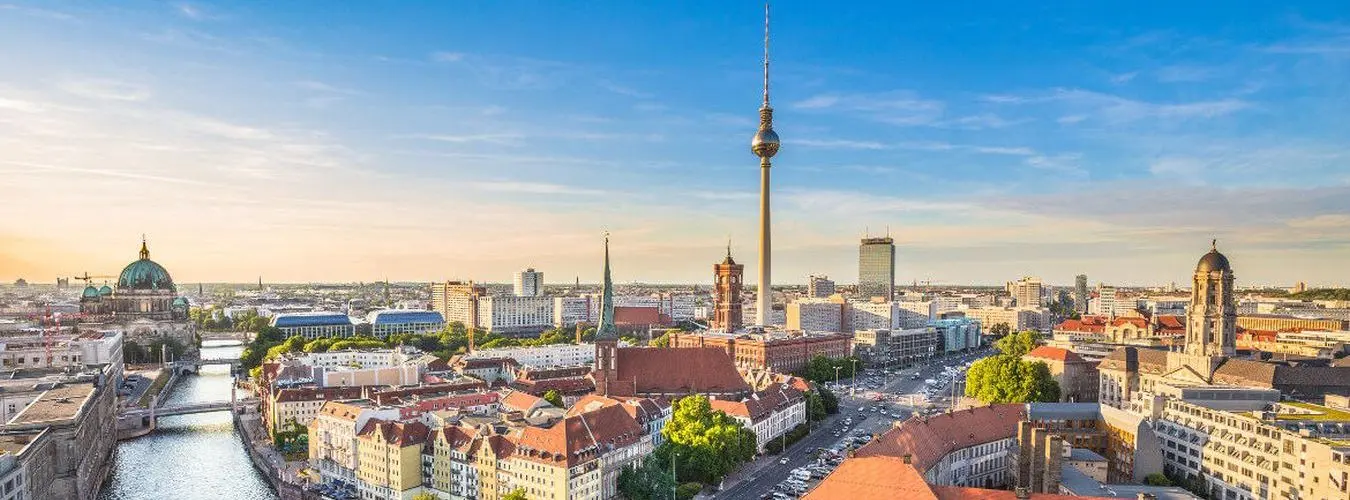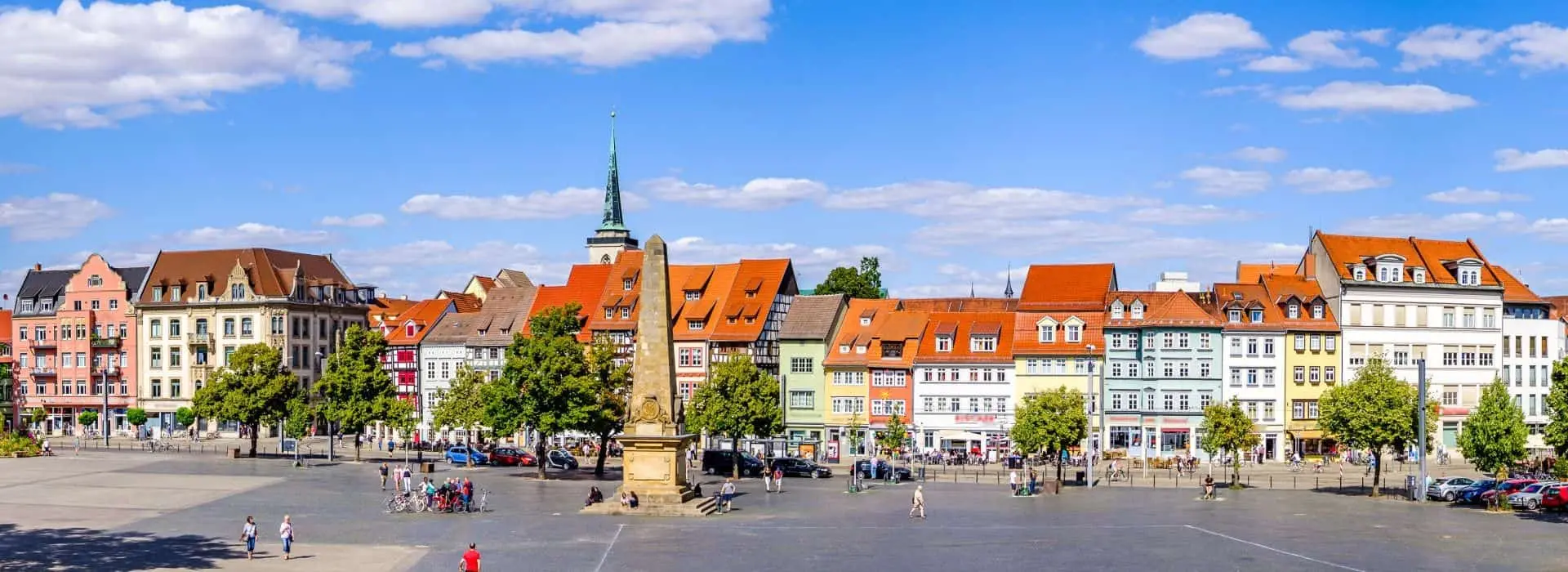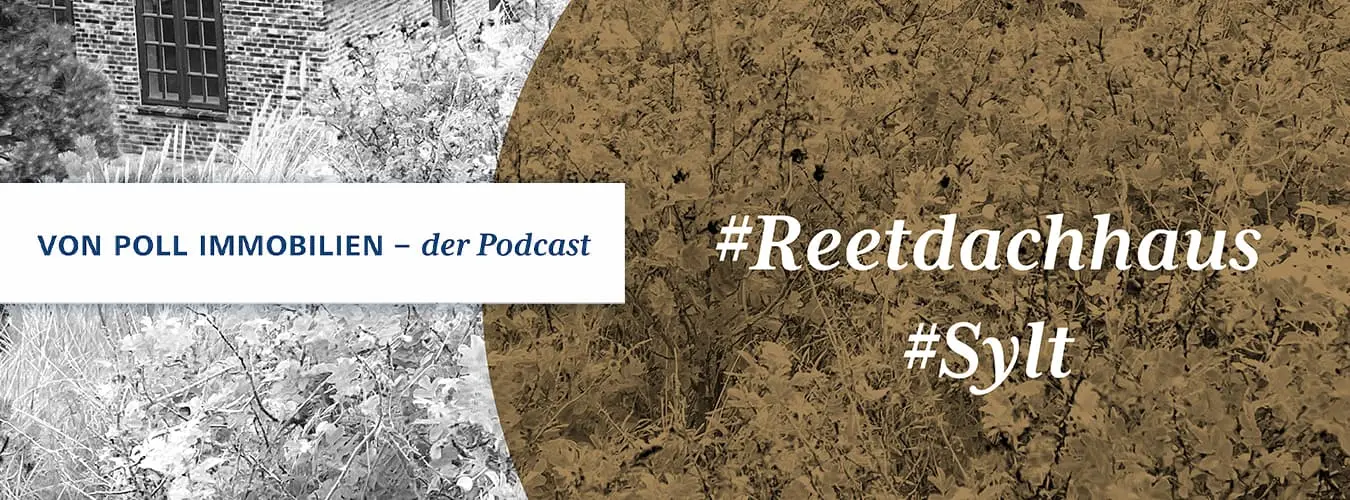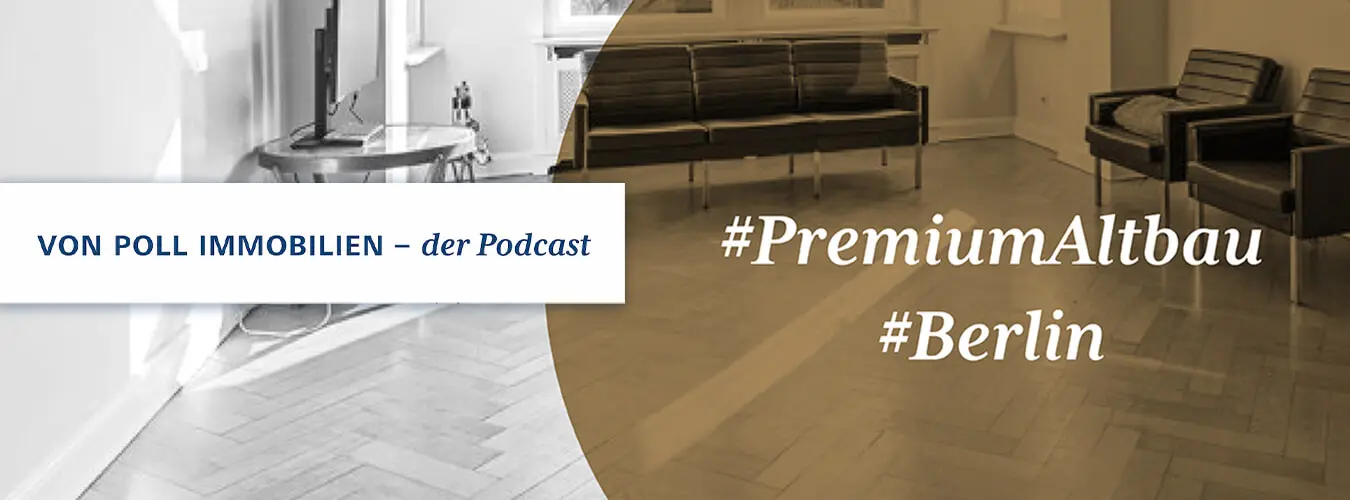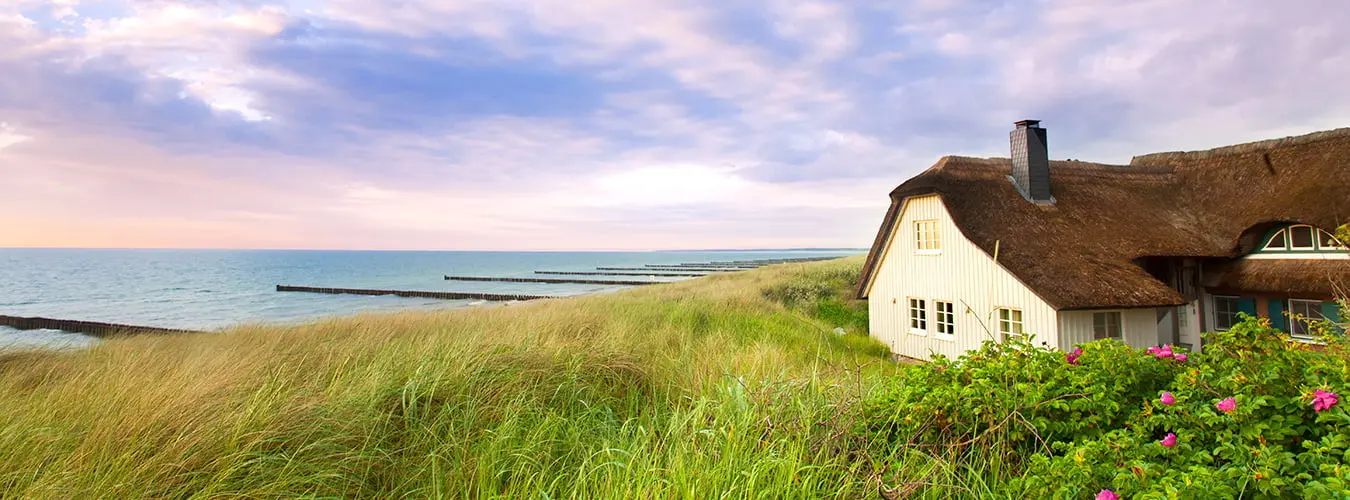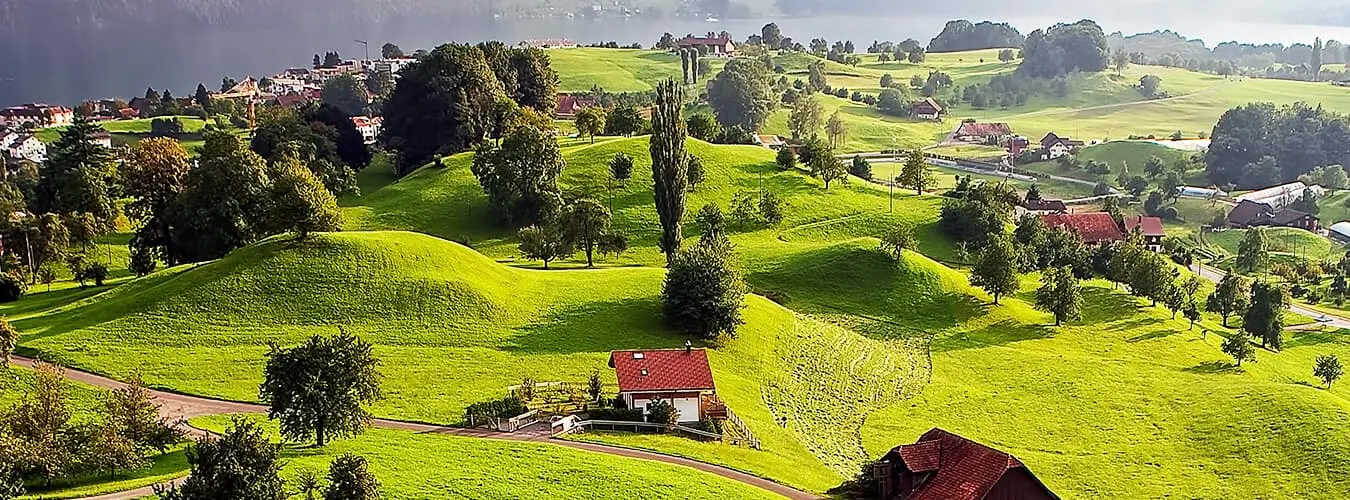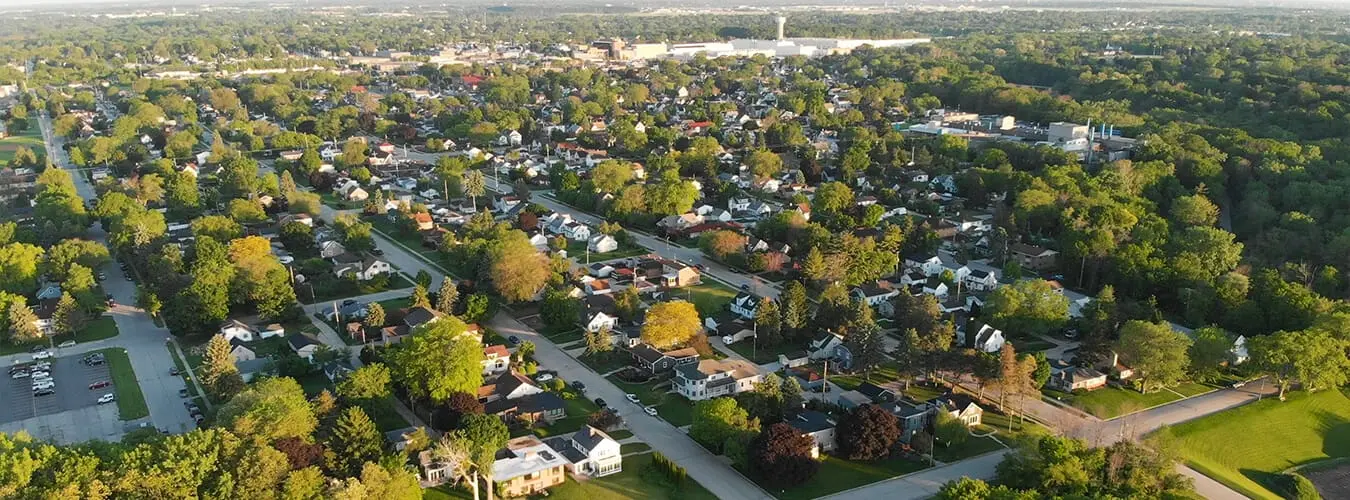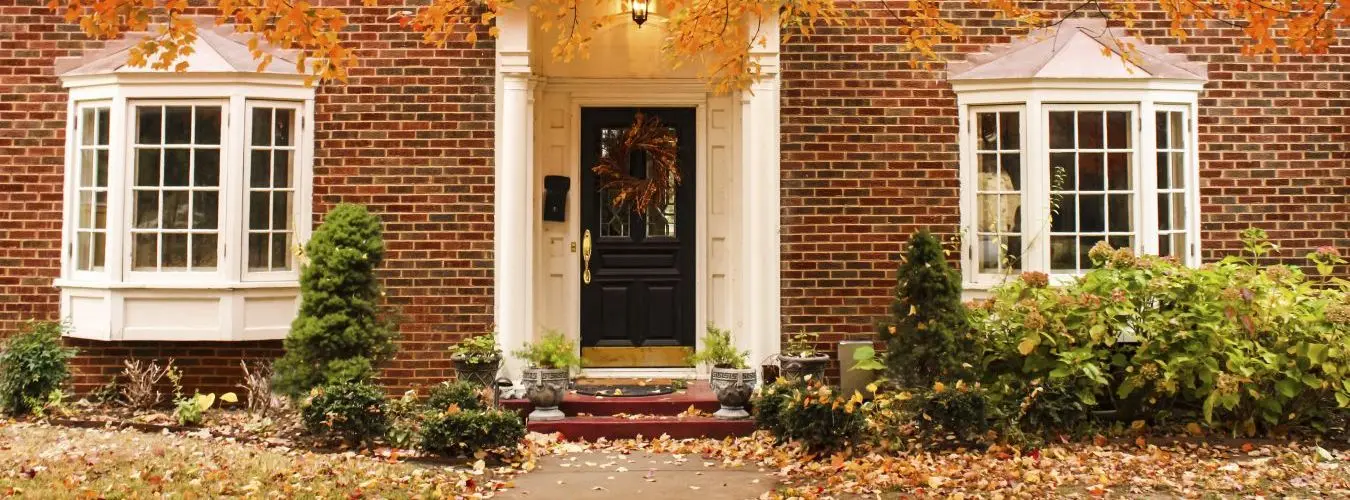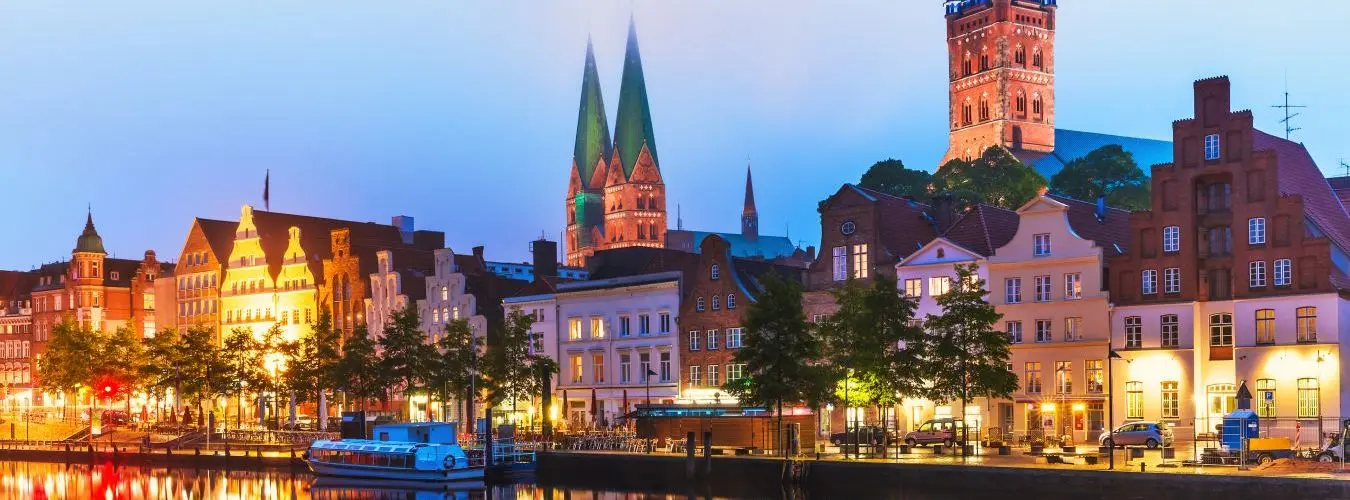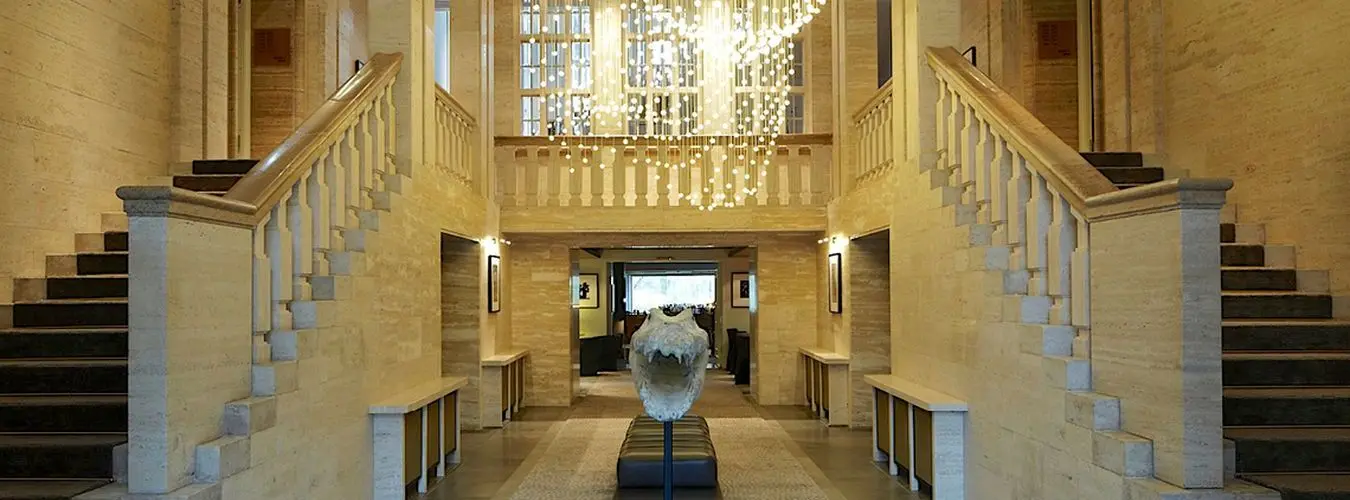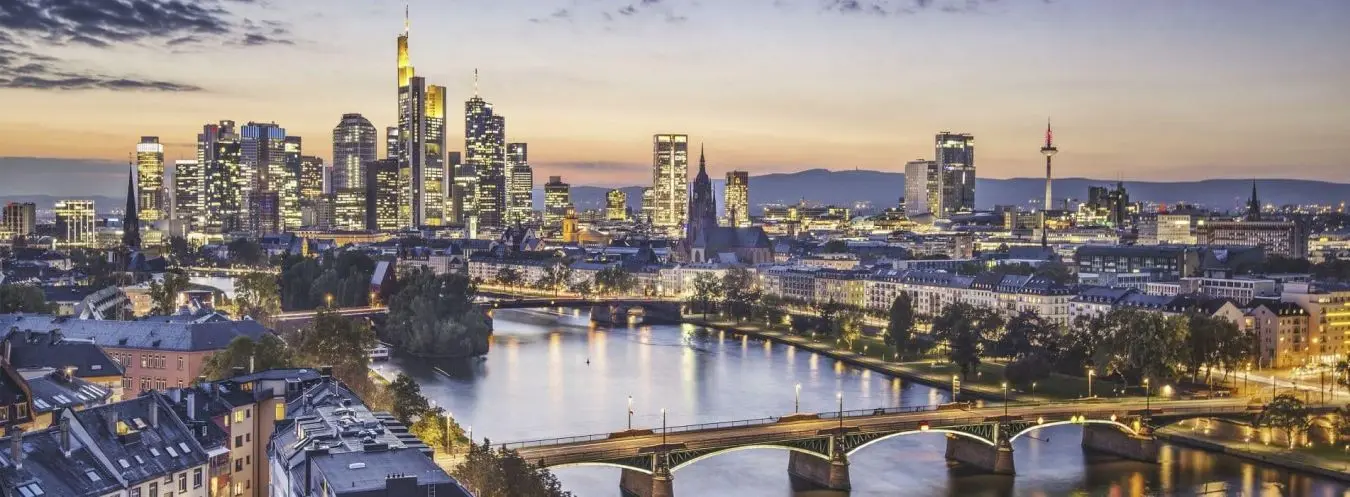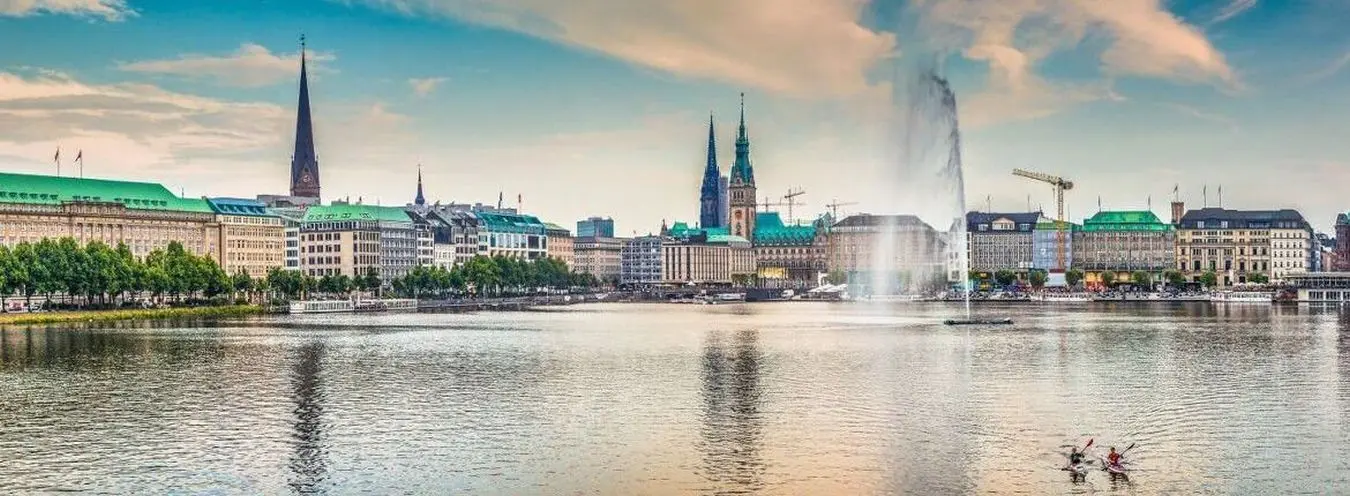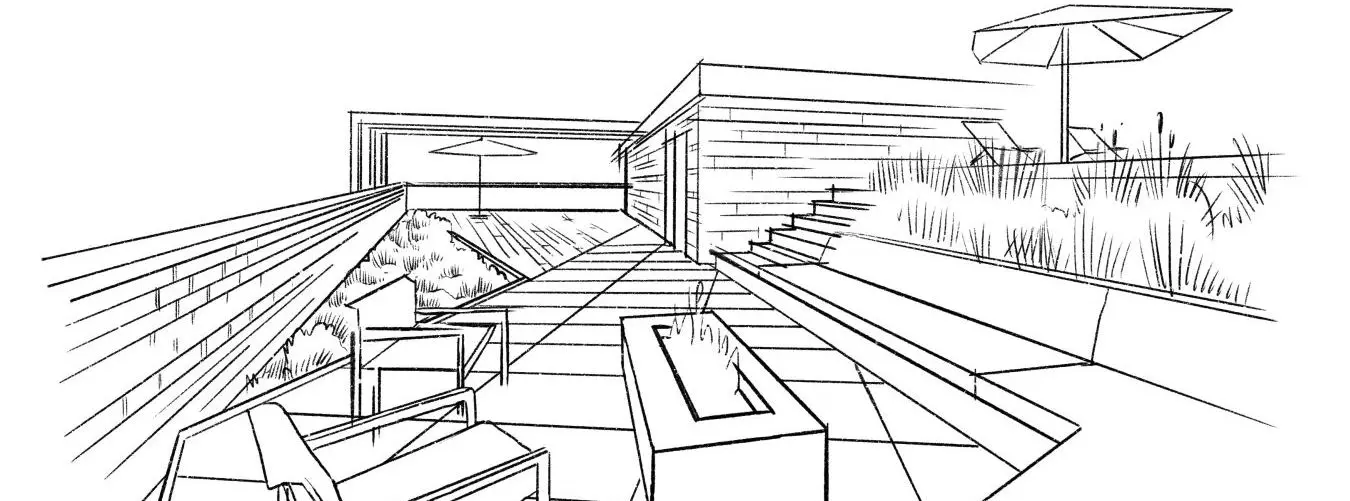CONTENTS ON THIS PAGE:
- 1. Majority fewer permits and completions
- 2. New construction share of housing stock from 2017 to 2021
1. Majority fewer permits and completions
 Daniel Ritter, managing partner at VON POLL IMMOBILIEN:"A look at 2021 shows that in as many as eleven of 21 analyzed locations, the number of completed apartments has fallen compared to the previous year. Among them are major cities such as Munich, Berlin, Hamburg, Düsseldorf, Cologne and Leipzig, where the population has grown disproportionately in recent years. Building permits are even declining in 15 of 21 A and B cities in 2021. Policymakers must finally act here and counteract this with faster approval procedures, designation of building land and building subsidies. Only in this way can the gap between population growth and housing demand be reduced."
Daniel Ritter, managing partner at VON POLL IMMOBILIEN:"A look at 2021 shows that in as many as eleven of 21 analyzed locations, the number of completed apartments has fallen compared to the previous year. Among them are major cities such as Munich, Berlin, Hamburg, Düsseldorf, Cologne and Leipzig, where the population has grown disproportionately in recent years. Building permits are even declining in 15 of 21 A and B cities in 2021. Policymakers must finally act here and counteract this with faster approval procedures, designation of building land and building subsidies. Only in this way can the gap between population growth and housing demand be reduced."The most apartments could be built in the period from 2017 to 2021 in Frankfurt am Main with 29,2 per 1.000 inhabitants4 were completed. The number of approved apartments was 37.1. Munich, Hamburg and Münster follow the Main metropolis with 27.8 and 25.7 and 25.1 completed apartments, respectively. In terms of building permits, Munich ranks first in the analysis with 38.7 apartments per 1,000 inhabitants. While Münster registers 32,4 permission in the Erhebungszeitraum, it was in Hamburg 29,9 approved dwellings per 1.000 inhabitants.
The fewest completions with dwellings gave it against it in Duisburg with 6,1 and Bochum with 8,2 per 1.000 inhabitants. Also with the permission Duisburg forms the tail light. Only 7.7 apartments per 1,000 inhabitants were approved here between 2017 and 2021. In Bochum, the figure was 13.9 approved apartments.
Fig. 1: Building permits and completions, apartments 2017 to 2021 per 1,000 inhabitantsAlso, only between ten and 15 apartments per 1,000 inhabitants could be completed in Essen, Karlsruhe, Cologne, Hanover, Dortmund, Stuttgart and Bremen. Except Hanover these locations land with a number between ten and 16 building permits likewise in the lower range of the Rankings. Hanover, on the other hand, recorded 19 approved apartments per 1,000 inhabitants between 2017 and 2021.
 Daniel Ritter, managing partner at VON POLL IMMOBILIEN:"Hanover is a well-known trade fair location and, with the Hanover Trade Fair, hosts an internationally important industrial trade fair. As part of the metropolitan region, together with Braunschweig and Wolfsburg, the city has a thriving economy and is experiencing positive population growth. To meet the increased demand for housing, many new construction projects are currently in planning and implementation."
Daniel Ritter, managing partner at VON POLL IMMOBILIEN:"Hanover is a well-known trade fair location and, with the Hanover Trade Fair, hosts an internationally important industrial trade fair. As part of the metropolitan region, together with Braunschweig and Wolfsburg, the city has a thriving economy and is experiencing positive population growth. To meet the increased demand for housing, many new construction projects are currently in planning and implementation."2. New construction share of housing stock from 2017 to 2021
 Daniel Ritter, managing partner at VON POLL IMMOBILIEN:"What is special about Frankfurt am Main is, among other things, the strong development of high-rise residential buildings, which cannot be found to this extent in any other German metropolis. The city is growing in width and in height. The 172-meter-high Grand Tower alone houses 413 apartments, while the Four high-rise ensemble accommodates 600 apartments - to name just two examples of the lively construction activities and neighborhood developments in and around Frankfurt over the past five years."
Daniel Ritter, managing partner at VON POLL IMMOBILIEN:"What is special about Frankfurt am Main is, among other things, the strong development of high-rise residential buildings, which cannot be found to this extent in any other German metropolis. The city is growing in width and in height. The 172-meter-high Grand Tower alone houses 413 apartments, while the Four high-rise ensemble accommodates 600 apartments - to name just two examples of the lively construction activities and neighborhood developments in and around Frankfurt over the past five years."The top four locations in this ranking are followed by Bonn with growth of 4.4 percent to 162,885 apartments, Berlin and Dresden with 4.3 percent each to 1,938,034 apartments and 300,985 apartments, respectively. Between 3 percent and 4 percent, on the other hand, the housing stock grows within the years 2017 to 2021 in Düsseldorf, Mannheim, Leipzig, Nuremberg and Wiesbaden.
The housing stock has developed least within the analysis period in Duisburg with only 1.2 percent to 249,971 apartments, Bochum with 1.6 percent to 190,921 apartments and Essen with 1.9 percent to 305,634 apartments. In Hanover, Karlsruhe, Cologne, Dortmund, Stuttgart and Bremen, housing is also growing by only 2 percent to 3 percent from 2017 to 2021.
All data and graphics may be used and published with a reference to the following source: von Poll Immobilien GmbH. The graphics can be accessed digitally with embedding link here: https://www.datawrapper.de/_/5YA8W/ and https://www.datawrapper.de/_/ipPrY/.
1 As a basis for categorizing the German real estate market, VON POLL IMMOBILIEN uses BulwienGesa's classification into A, B, C and D cities. For this purpose, the cities were grouped according to their functional importance for the international, national as well as regional or local real estate market. BulwienGesa classifies seven A cities as the most important German centers with national and, in some cases, international significance as well as large, functional markets. The 14 B-locations include major cities with national and regional significance.2 The data basis of approved and completed apartments is based on empirica regio and VON POLL IMMOBILIEN Research (2022) for the analysis period from 2017 to 2021.3 The data basis of the existing buildings is the update of the residential building and housing stock as defined by empirica regio.
4 For a better comparability of the individual locations, the number of approved and completed dwellings per 1.000 inhabitants was adjusted based on data from empirica regio and VON POLL IMMOBILIEN Research (2022).
